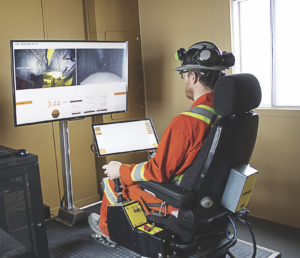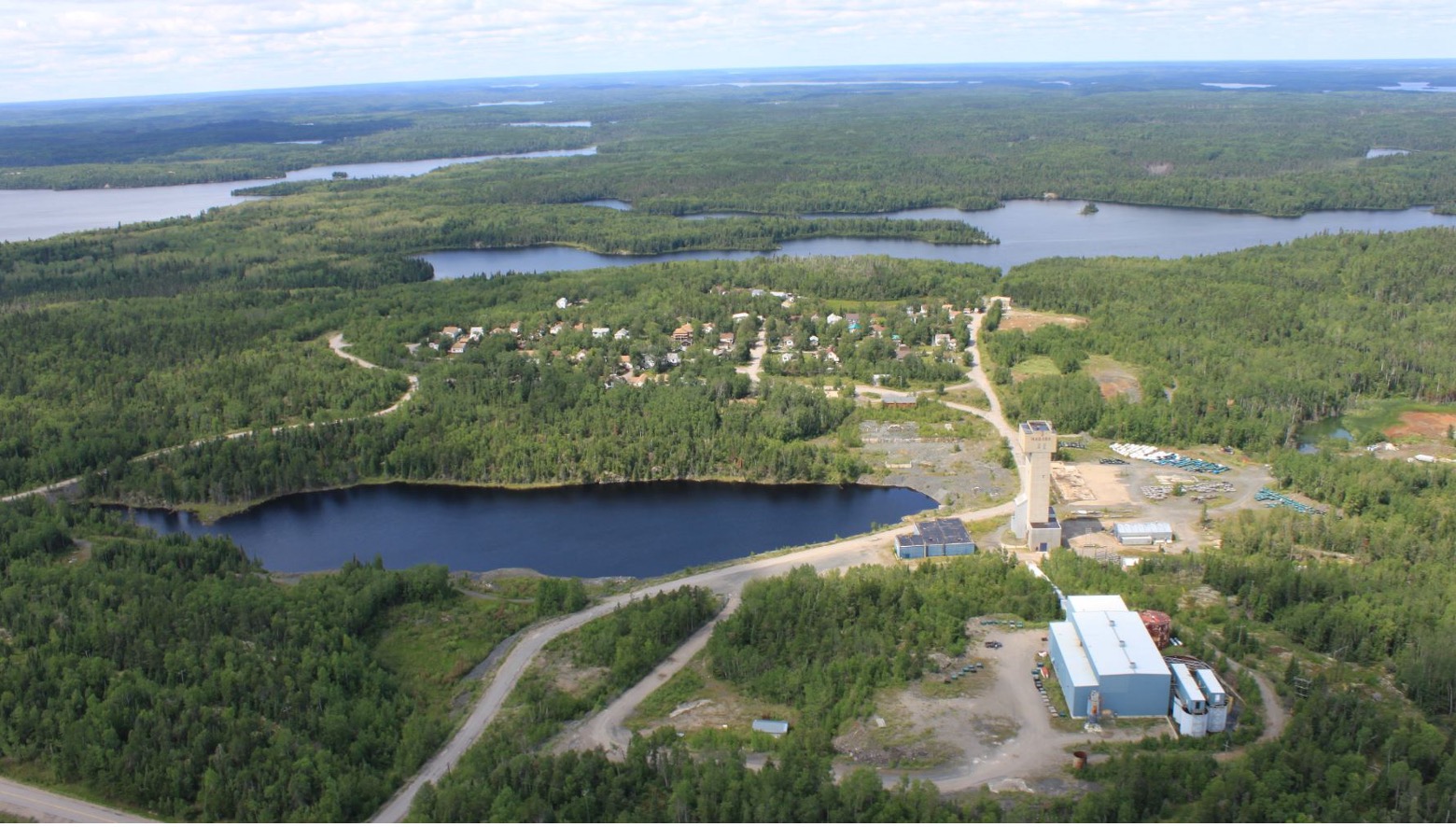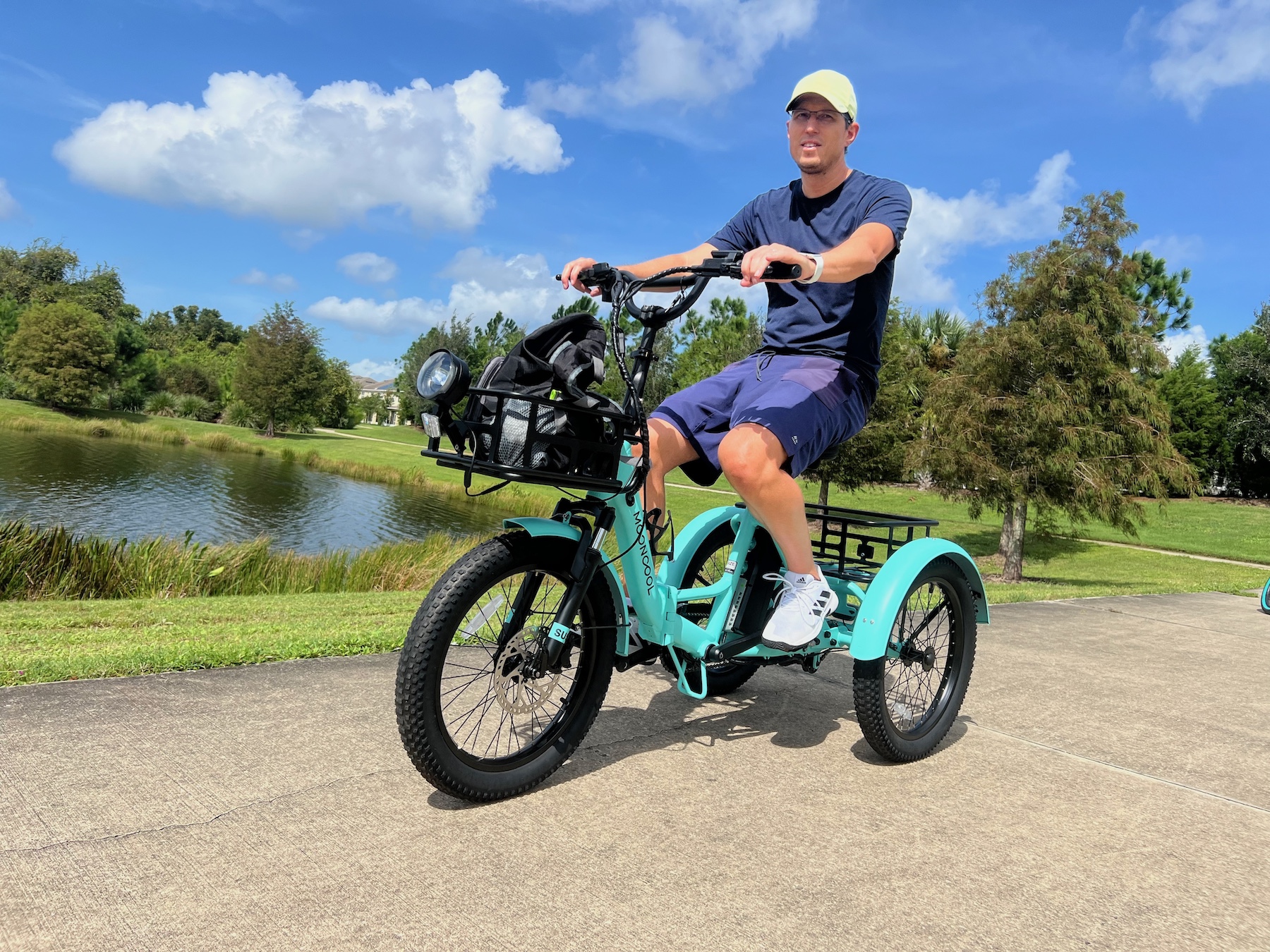Hexagon has expanded its mining division by acquiring key companies and creating an autonomous portfolio.
Hexagon’s Mining division has seen considerable success through flagship solutions designed to help miners increase productivity and safety.
To continue this success, Hexagon announced its autonomous mining portfolio at HxGN LIVE Global in Las Vegas in June. By helping to autonomously manage vehicle traffic, improve fleet situational awareness and introduce drill automation, Hexagon’s new autonomous mining portfolio empowers mines to future-proof their operations and address challenges such as operational productivity and decarbonisation.
Australian Mining spoke to Hexagon vice president of autonomy Andrew Crose about the importance of autonomous mining, where safety is first and foremost.
“When you look at mining as an industry and compare it to other industries, it still rates as a less safe industry,” Crose said.
“Where the industry still struggles is fatalities, accidents and incidents. When you ask any person to operate machinery for a 12-hour shift in the middle of the night, it’s just not something that humans are designed to do.
“As we look to the future, with more mining jobs in automation and technology, it’s becoming a much more attractive industry for people.”
Hexagon’s autonomous mining portfolio arrives at a time where the mining sector is still realising its autonomous potential.
“The reality is most autonomous projects are still proof-of-concepts or they fail to achieve their goals,” Crose said.
“Unless you have a very typical mine and are buying a legacy original equipment manufacturer (OEM) system to implement into a stock-standard mine, the autonomous projects are not meeting the expectations of customers.”

To rectify this issue, Hexagon is creating a specialised team of autonomous experts to help deliver large fleets of autonomous vehicles to create value for customers. Through its autonomous mining business, customers will see many applications and advantages.
“(Hexagon) breaks down the technology into key drivers to enable a fully autonomous site,” Crose said.
“First is the central command system – the Mission Manager – that tells you where the vehicle is supposed to go, what assignment it needs to do next, and how it interacts with other vehicles in that drive.
“Then we have the World Perception solution, which is effectively the eyes and ears of the system. Through different sensors, it’s keeping track of all the vehicles, objects and people around that autonomous vehicle.
“Then we have on-board autonomy, which is the hands and feet of an autonomous system as it handles steering, braking, the gear-changing, even down to honking the horn and flashing the windshield wipers.”
Hexagon has made acquisitions to bolster its autonomous mining portfolio, such as acquiring Canadian automation company HARD-LINE in July.
“HARD-LINE brings an additional piece to the autonomous mining technology stack,” Crose said. “(The acquisition) allows us to leverage their library of close to 200 vehicles. If the vehicles have gone tele-remote and remote, we can leverage them into full autonomy.”
HARD-LINE’s addition complements a decades-long organic and inorganic growth strategy that has transformed Hexagon into a leader in technology and automation.

“What we’ve brought together through acquisition and internal development is the most comprehensive technology stack for automation,” Crose said. “We can effectively do everything but make the vehicle now.”
This is enabling Hexagon to take a more holistic view of automation, where automating the entire mine site is not off limits.
“If you look at most legacy systems from OEMs, they’re focused on automating new trucks for new mines,” Crose said. “They’re not focused on automating the full fleet across the mine.
“When you look at our non-OEM competitors, they don’t have the full technology stack Hexagon has assembled. Others might have to partner with multiple companies to develop a different technology to deliver a final solution.
“With Hexagon’s technology stack, there isn’t a reliance on third-party technologies.”
As Hexagon looks to the future, the company has implemented a roadmap to provide continuous improvement for its autonomous mining division.
“You shouldn’t make every decision on a server, which is one issue legacy systems have in scaling,” Crose said.
“If you have to send all your decisions to a server before it goes out to the haul truck, there’s only so much you can do until you hit the limits of its infrastructure.
“As edge computing becomes more prominent, we’ve got very robust requirements to build upon that, to the point where in 10 years’ time we expect vehicles to be almost completely independent.
“Our goal is to not just deploy a more autonomous fleet and equipment, but to automate the entire fleet across the mines.”
This feature appeared in the September 2023 issue of Australian Mining.




